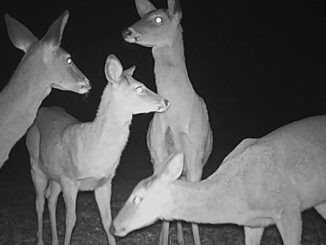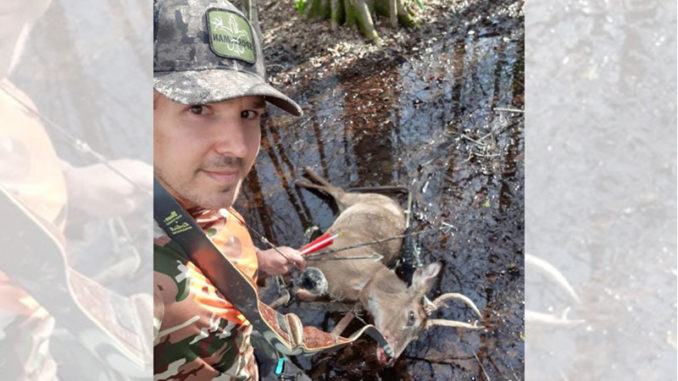
One of the items I use most in the field happens to be one of the cheapest and simplest devices out there: the ball bungee. These little stretchy cords have countless applications, and I own dozens of them in various sizes. They simply fold over, making a circle to attach things without the need for metal hooks or tying knots.
No one I knew had even heard of or used these awesome devices when I first learned about them after buying an X-stand tree climber that came with two small ball bungees. After years of constantly struggling to put tree stand pieces together tightly to avoid making noise, these bungees got the job done within seconds, with 100% silence. There was no need for noisy, heavier ratchet straps or larger typical rubber bungees with metal hooks that clang against the metal stands.
Since I use several different types of climbers, I mix and match many of the different brands together, securing them with only two or three ball bungees. I typically use the 4- and 6-inch bungees for tree climbers; I’ll use longer versions for holding sets of climbing sticks together.
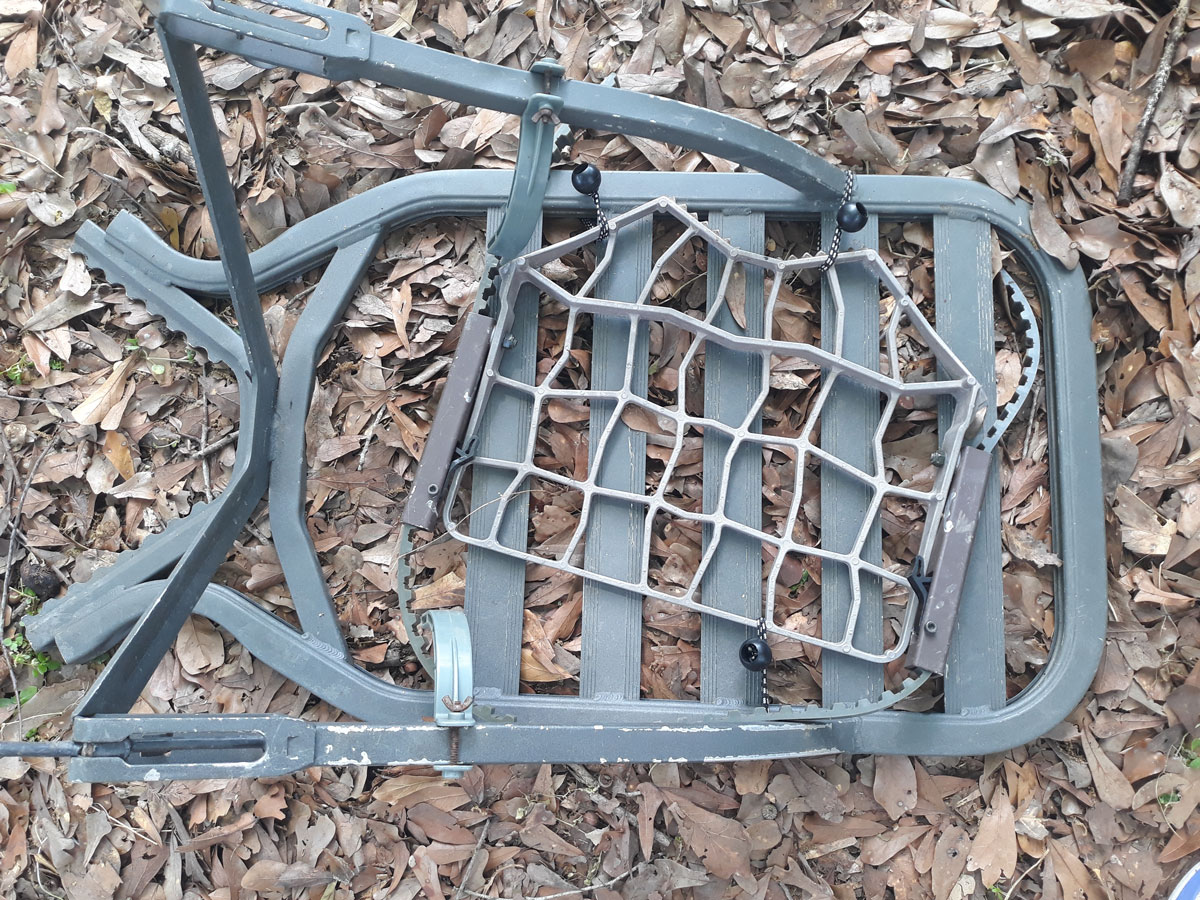
Arrow holders
The best application I’ve discovered for ball bungees is as arrow holders. I have lost many arrows through the years while hunting the thickest areas on public lands. I remember losing half a quiver of arrows that were strapped to my backpack on a single hunt. A lot more than three dozen of my arrows are out there somewhere in the woods. Sadly, each arrow tipped with an expensive broadhead and turkey feathers typically costs upwards of $25 to $30.
Since attaching a single ball bungee over the rubber slot where the arrows tuck in, I have not lost an arrow. After long, tough hikes, I often find my arrows dislodged from the quiver’s rubber grooves — which tend to loosen over time — but that expensive arrow that would have fallen out is held against the quiver by the ball bungee.

Attachments
On the few deer hunts each season that I don’t use my traditional bows; I enjoy using my vintage, single-shot Contender primitive pistol. I used to keep my holster attached to my belt. Once, however, after standing to aim at a deer behind me, I didn’t connect the holster strap before sitting down. When I went to sit down after not being able to get a good shot, the pistol fell to the ground. Not knowing if my micro red dot got bumped off from such a long fall, I had to climb down and end the hunt.
Now, I keep the holster attached to the side bar of my climber with a 4-inch ball bungee. This makes for a quick and quiet pistol pull from the holster that stays fully upright when a deer approaches. Sometimes, I also connect my hunting bag to the climber with a ball bungee.
Moving game
Some of the longer ball bungees, 9- and 12-inch models, work well for carting out animals. This year, I carted out two deer and used the longer ball bungees around the deer’s neck and smaller ones on the legs to keep the animals fastened to the cart for each of the 2-mile hauls. The deer never came off, even when going over numerous logs and branches.
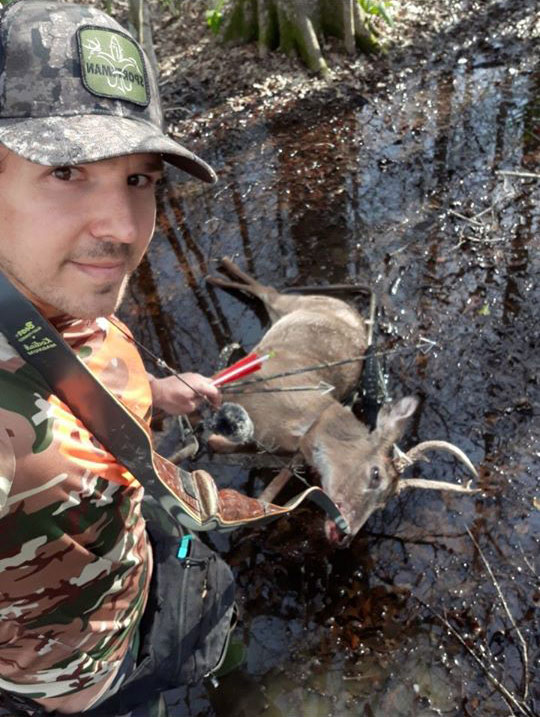
When packing out pig, deer or elk quarters on my frame backpack, the larger bungees work like a charm. However, my bull elk horns and the cape I hauled out needed some rope to help with the large profile of the head. Ball bungees connected the horns to the frame, which worked well for that grueling, 123-pound load.
Ball bungees come in handy when I go backpack hunting as tie-ups for my tent pieces, tarps, sleeping bags, air pads, etc. At night, I hang my tent lamp in the top center with one.
Fishing applications
For fishing, I use ball bungees for strapping rods, nets and paddles down. Sometimes I hook up an ice chest or shrimp basket to a rail, which keeps it from sliding in the waves. Usually the smaller, 4-inch models work best.
Larger- sized ball bungees can be made into smaller ones in a jiffy by tying one or two overhand knots in the center to shorten them. I’ve had no issues with any of them breaking during several years of use.
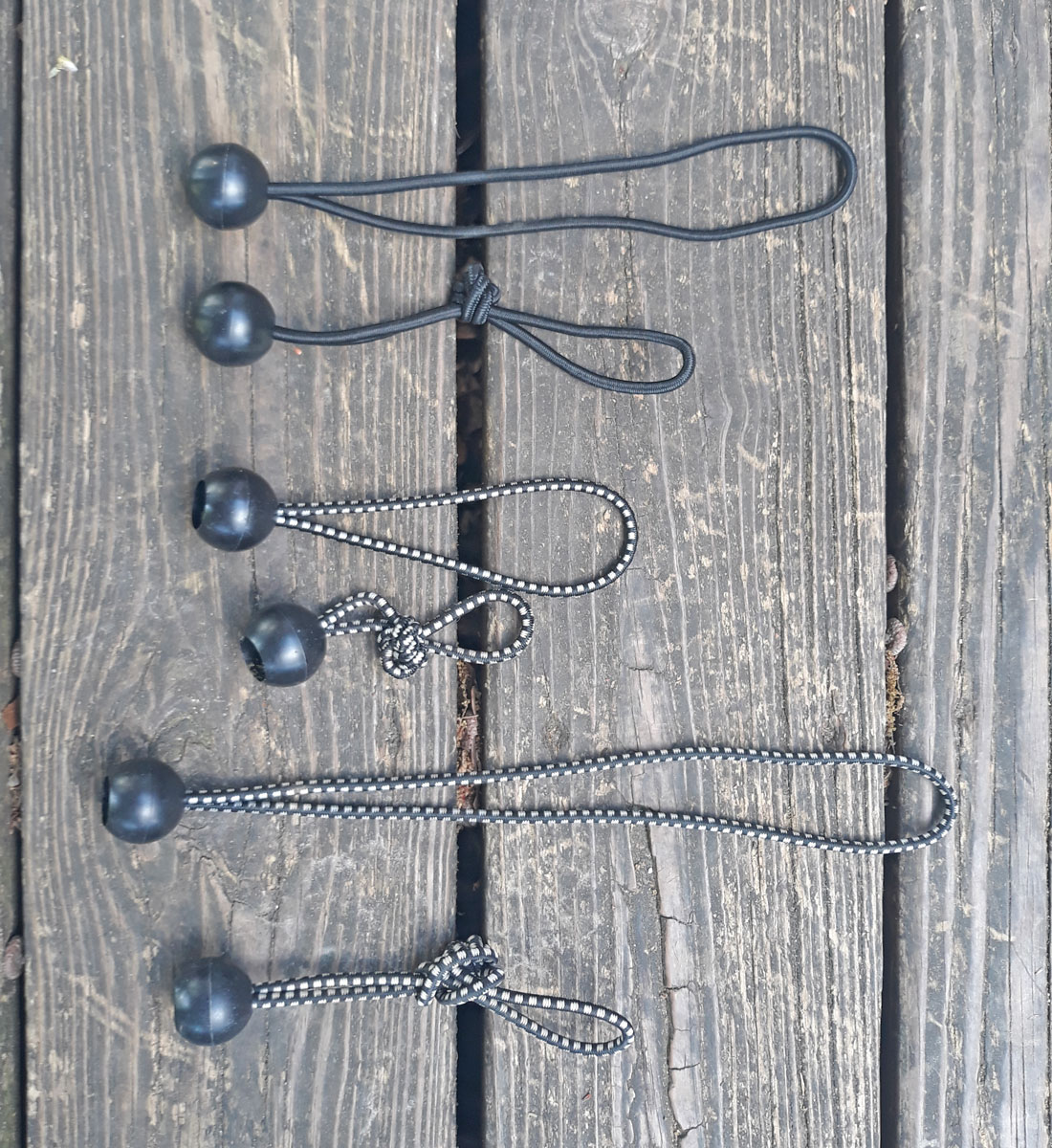
I purchase them on Amazon at really cheap prices. The best deal is to buy a set of ball bungees that includes sizes from 4 to 12 inches. I suggest buying the ones marketed as heavy duty; they have a thicker cord for a stronger elastic ability.
I highly recommend keeping a few ball bungees in your hunting bag or boat. It’s amazing how sometimes the simplest things can make such big differences during hunting and fishing adventures.

